Pacha, Llaqta, Wasichay
Indigenous Space, Modern Architecture, New Art
13 Jul - 30 Sep 2018

Installation view of Pacha, Llaqta, Wasichay: Indigenous Space, Modern Architecture, New Art (Whitney Museum of American Art, New York, July 13-September 30, 2018). From left to right: Clarissa Tossin, A cycle of time we don’t understand (reversed, invented, and rearranged), 2017; Clarissa Tossin, xojowisaj ja (to make the building dance), 2017; Clarissa Tossin, Ha’ K’in Xook, from Piedras Negras to Hill Street, 2017; Clarissa Tossin, Ch’u Mayaa, 2017; Clarissa Tossin, Yaxchilán Lintel 25 (feathered serpent), 2017; Clarissa Tossin, A two-headed serpent held in the arms of human beings, or, Ticket Window, 2017. Photograph by Ron Amstutz
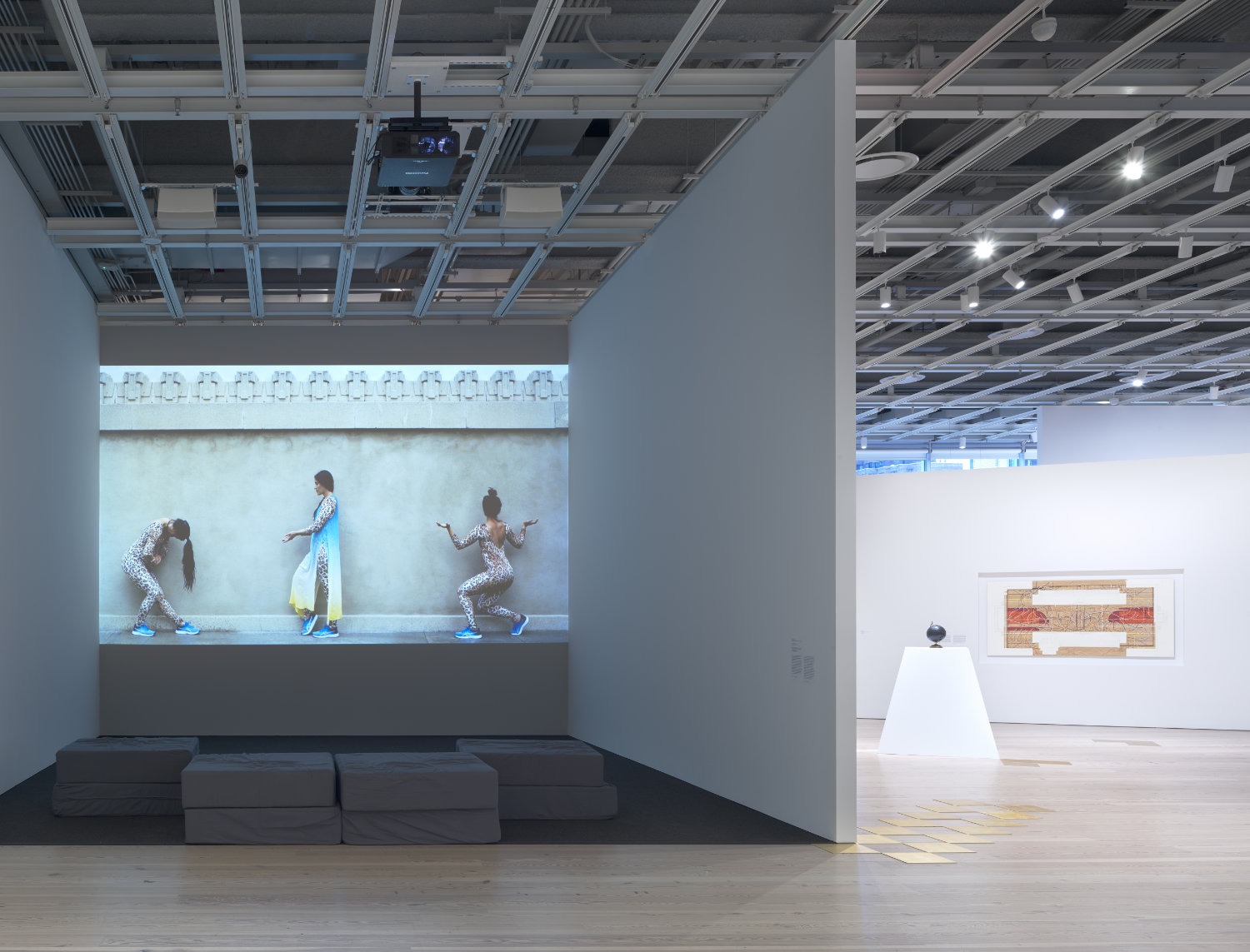
Installation view of Pacha, Llaqta, Wasichay: Indigenous Space, Modern Architecture, New Art (Whitney Museum of American Art, New York, July 13-September 30, 2018). From left to right: Clarissa Tossin, Ch’u Mayaa, 2017; Ronny Quevedo, Errant Globe, 2015; Ronny Quevedo, ULAMA-ULE-ALLEY OOP, 2017. Photograph by Ron Amstutz
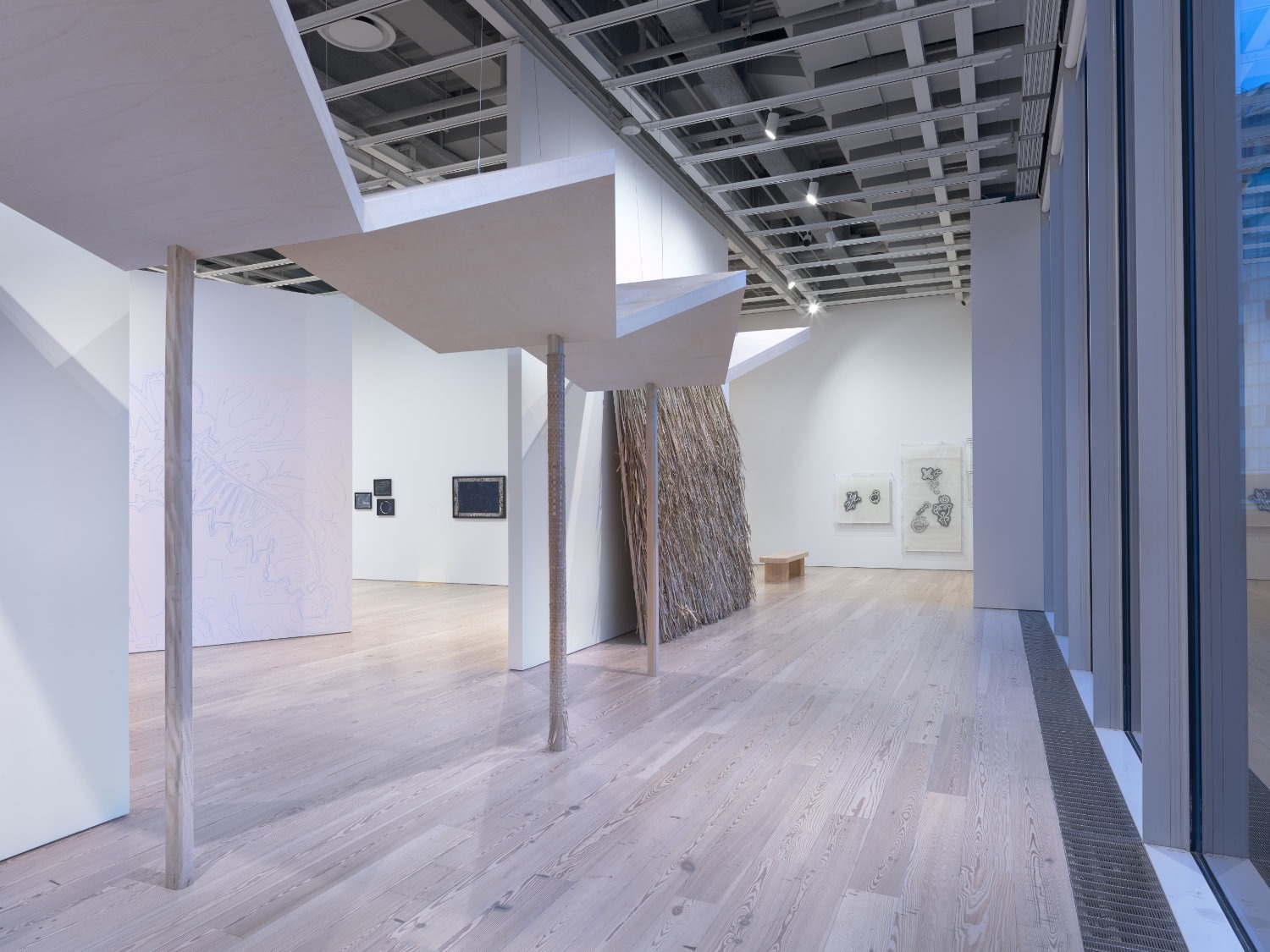
Installation view of Pacha, Llaqta, Wasichay: Indigenous Space, Modern Architecture, New Art (Whitney Museum of American Art, New York, July 13-September 30, 2018). From left to right: Guadalupe Maravilla, Tripa Chuca, 2018; Ronny Quevedo, every measure of zero (Nazca beyond the plain), 2017; Ronny Quevedo, every measure of zero (errantry), 2017; Ronny Quevedo, every measure of zero (periphery), 2017; Ronny Quevedo, (lyra), 2017; Jorge González, Ayacavo Guarocoel, 2018; Monica Flaherty, Petroglyph studies at Coabey River, Jayuya, Puerto Rico, c. 1957. Photograph by Ron Amstutz
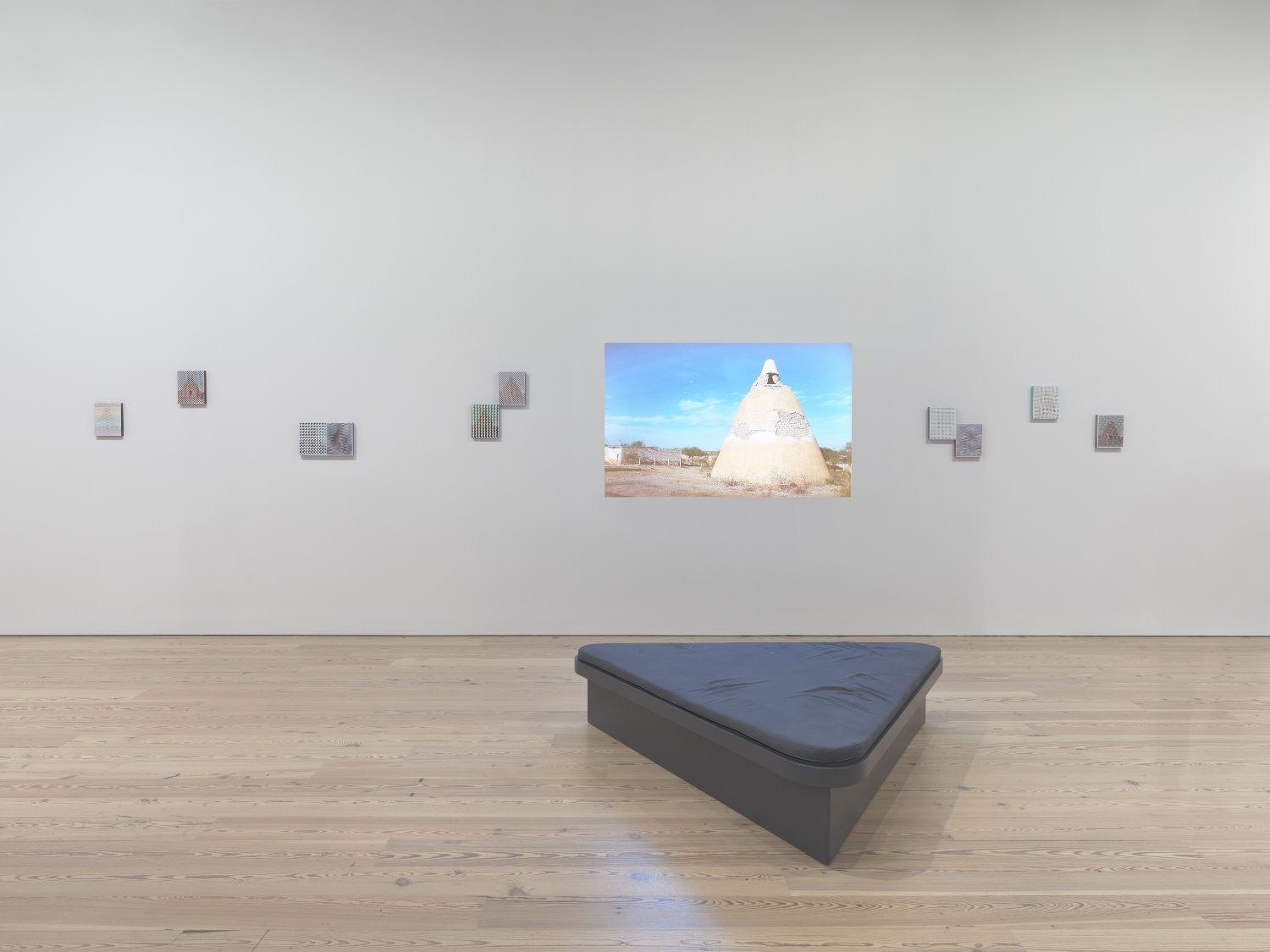
Installation view of Pacha, Llaqta, Wasichay: Indigenous Space, Modern Architecture, New Art (Whitney Museum of American Art, New York, July 13-September 30, 2018). From left to right: Livia Corona Benjamín, Infinite Rewrite VI, 2016; Livia Corona Benjamín, Infinite Rewrite LIII, 2018; Livia Corona Benjamín, Infinite Rewrite LVI, 2018; Livia Corona Benjamín, Infinite Rewrite LII, 2018; Livia Corona Benjamín, Infinite Rewrite L, 2018; Livia Corona Benjamín, Infinite Rewrite XXXI, 2016; Livia Corona Benjamín, Graneros del Pueblo / Nadie Sabe, Nadie Supo, 2016; Livia Corona Benjamín, Infinite Rewrite LV, 2018; Livia Corona Benjamín, Infinite Rewrite LIV, 2018; Livia Corona Benjamín, Infinite Rewrite LI, 2018; Livia Corona Benjamín, Infinite Rewrite XVIII, 2016. Photograph by Ron Amstutz
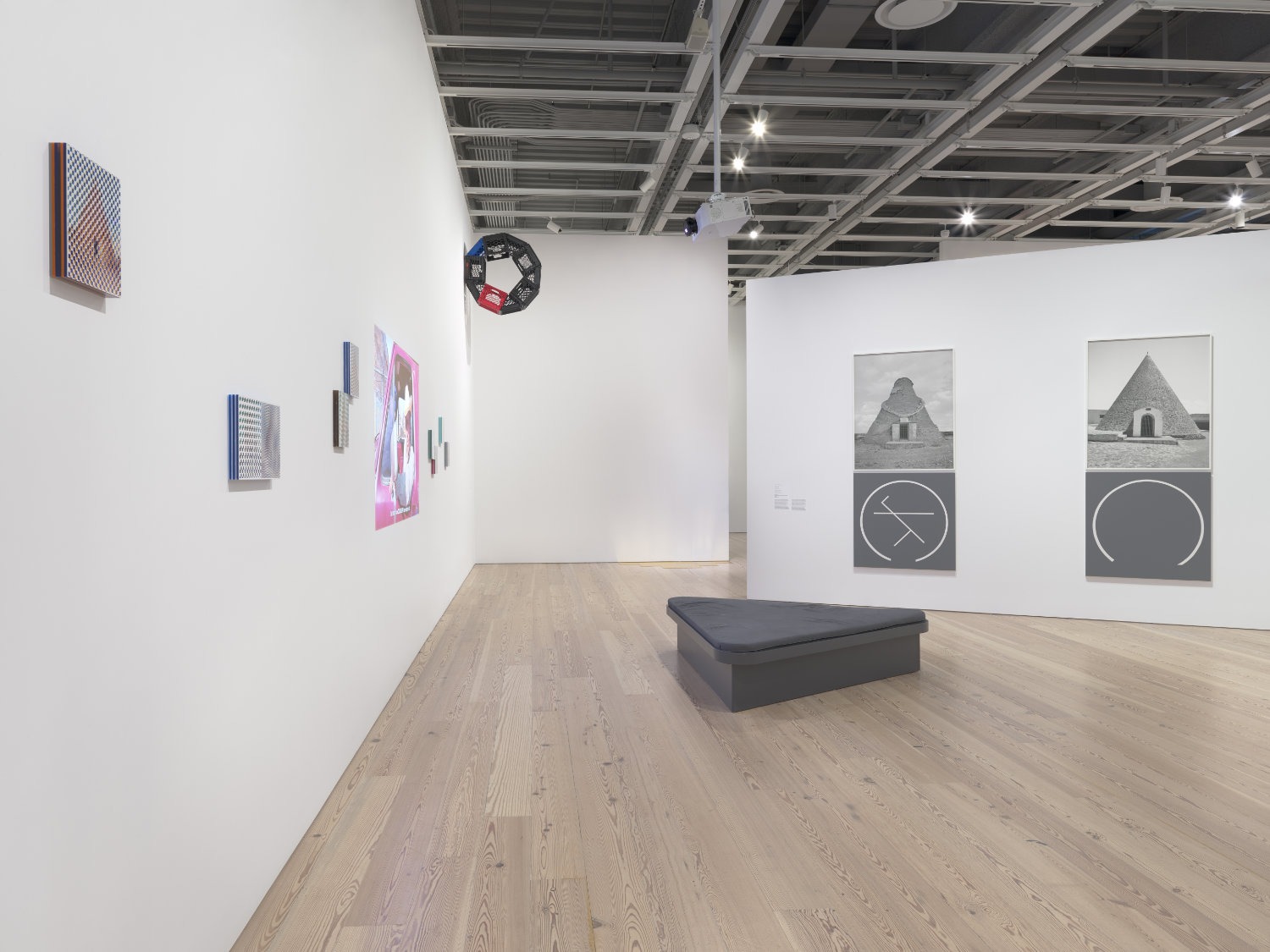
Installation view of Pacha, Llaqta, Wasichay: Indigenous Space, Modern Architecture, New Art (Whitney Museum of American Art, New York, July 13-September 30, 2018). From left to right: Livia Corona Benjamín, Infinite Rewrite VI, 2016; Livia Corona Benjamín, Infinite Rewrite LIII, 2018; Livia Corona Benjamín, Infinite Rewrite LVI, 2018; Livia Corona Benjamín, Infinite Rewrite LII, 2018; Livia Corona Benjamín, Infinite Rewrite L, 2018; Livia Corona Benjamín, Infinite Rewrite XXXI, 2016; Livia Corona Benjamín, Graneros del Pueblo / Nadie Sabe, Nadie Supo, 2016; Livia Corona Benjamín, Infinite Rewrite LV, 2018; Livia Corona Benjamín, Infinite Rewrite LIV, 2018; Livia Corona Benjamín, Infinite Rewrite LI, 2018; Livia Corona Benjamín, Infinite Rewrite XVIII, 2016; Ronny Quevedo, Ulama, Ule, Olé, 2012; Livia Corona Benjamín, Zoquitl / Conversion C, 2018; Livia Corona Benjamín, Huapalcalco / Conversion A, 2018. Photograph by Ron Amstutz
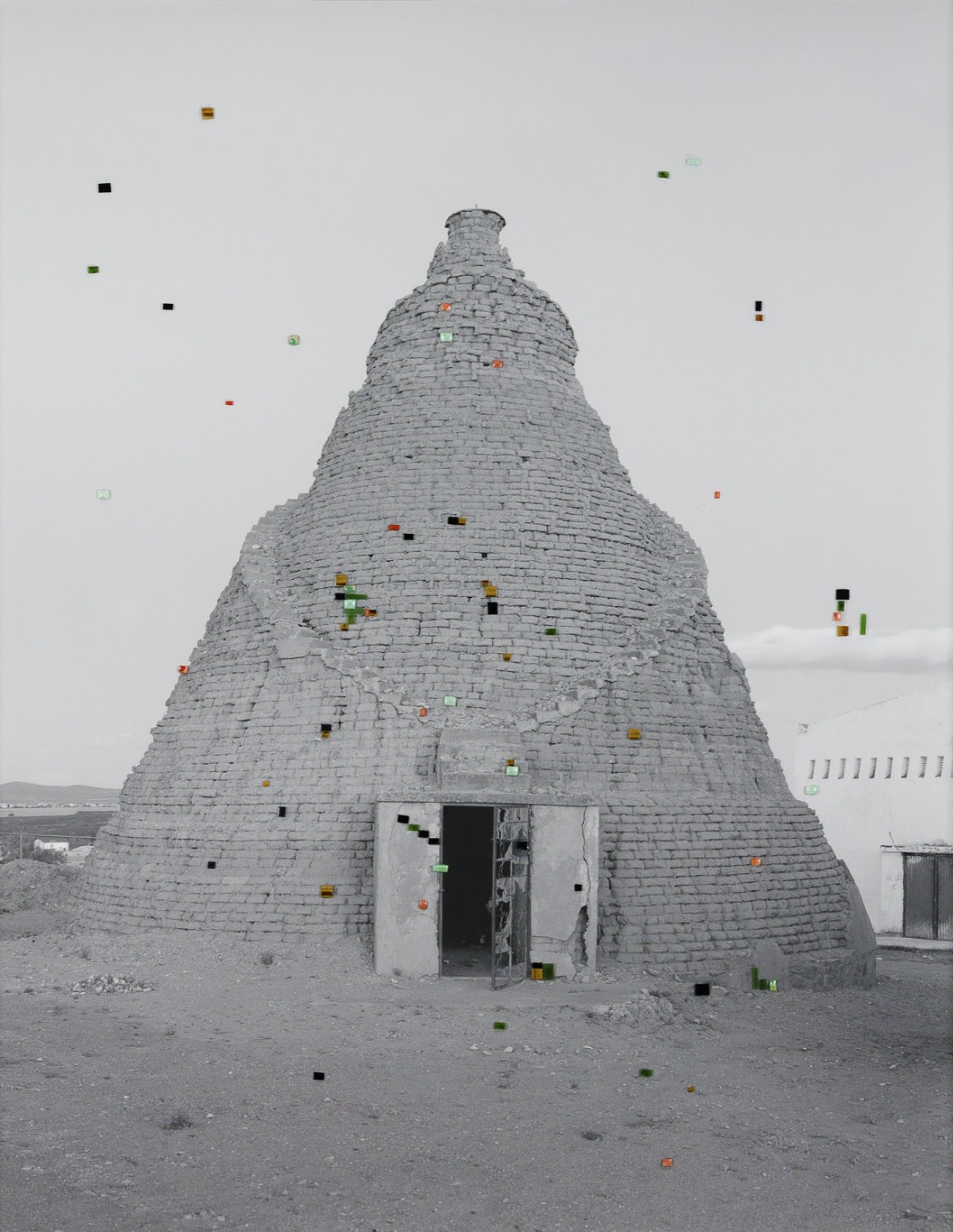
Livia Corona Benjamín (b. 1975), Mazatlpilli, 2018. Pigment inkjet print with turquoise, jade, coral, onyx, obsidian, tiger’s eye, and animal bone, 30 × 38 in. (76.2 × 96.5 cm). Collection of the artist
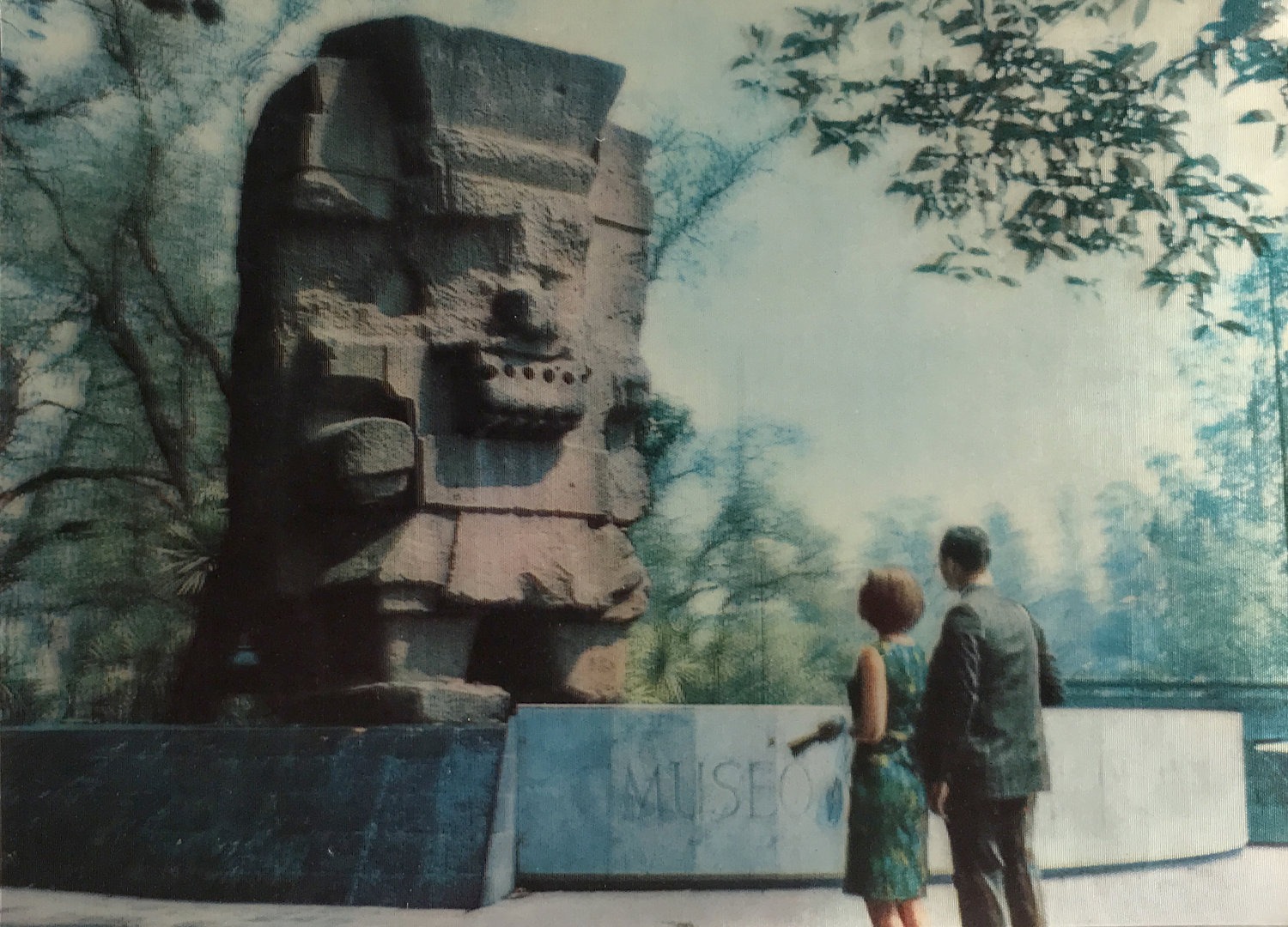
Claudia Peña Salinas (b. 1975), Tlaloc MNA, 2018. Found image adhered to metal, 50 x 72 x 1 in. (127 x 182.9 x 2.5 cm). Collection of the artist; courtesy Embajada, Puerto Rico
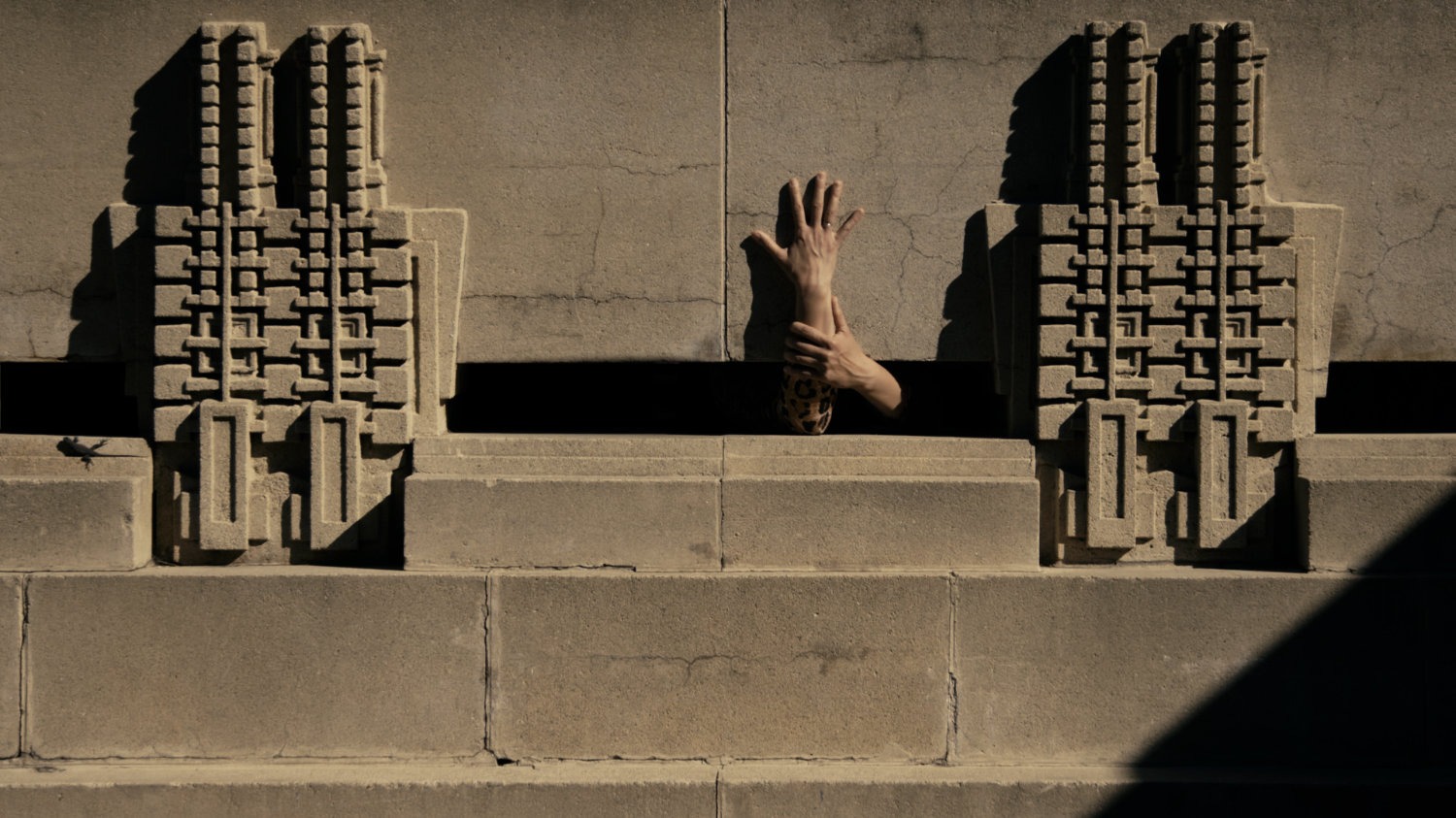
Clarissa Tossin, Ch’u Mayaa, 2017, production still. Choreography/Performer: Crystal Sepúlveda; Cinematography: Jeremy Glaholt. Originally commissioned and produced by the City of Los Angeles Department of Cultural Affairs for the exhibition "Condemned to be Modern" as part of Getty’s "Pacific Standard Time:LA/LA." Courtesy the artist
Pacha, Llaqta, Wasichay gives center stage to contemporary art practices that highlight indigenous thinking around the built environment. The three Quechuan words—the indigenous language most spoken in the Americas—pacha (time, space, nature, world), llaqta (place, country, community), and wasichay (to build) each point to a decolonial approach of preserving and foregrounding indigenous concepts that transcend the English term architecture. Rather than upholding Western modernist architecture as a marker of development in the Americas, the artworks in this exhibition explore the conceptual legacies inherited from, and also still alive in, indigenous groups that include the Inca, Quechua, Maya, and Arawak, among others. Artists such as william cordova, Jorge González, Ronny Quevedo, and Clarissa Tossin investigate the complex relationship that indigenous and vernacular notions of construction, land, space, and cosmology have had in the history of modern and contemporary art and architecture in the Americas.
This exhibition is organized by Marcela Guerrero, assistant curator, with Alana Hernandez, curatorial project assistant.
This exhibition is organized by Marcela Guerrero, assistant curator, with Alana Hernandez, curatorial project assistant.
